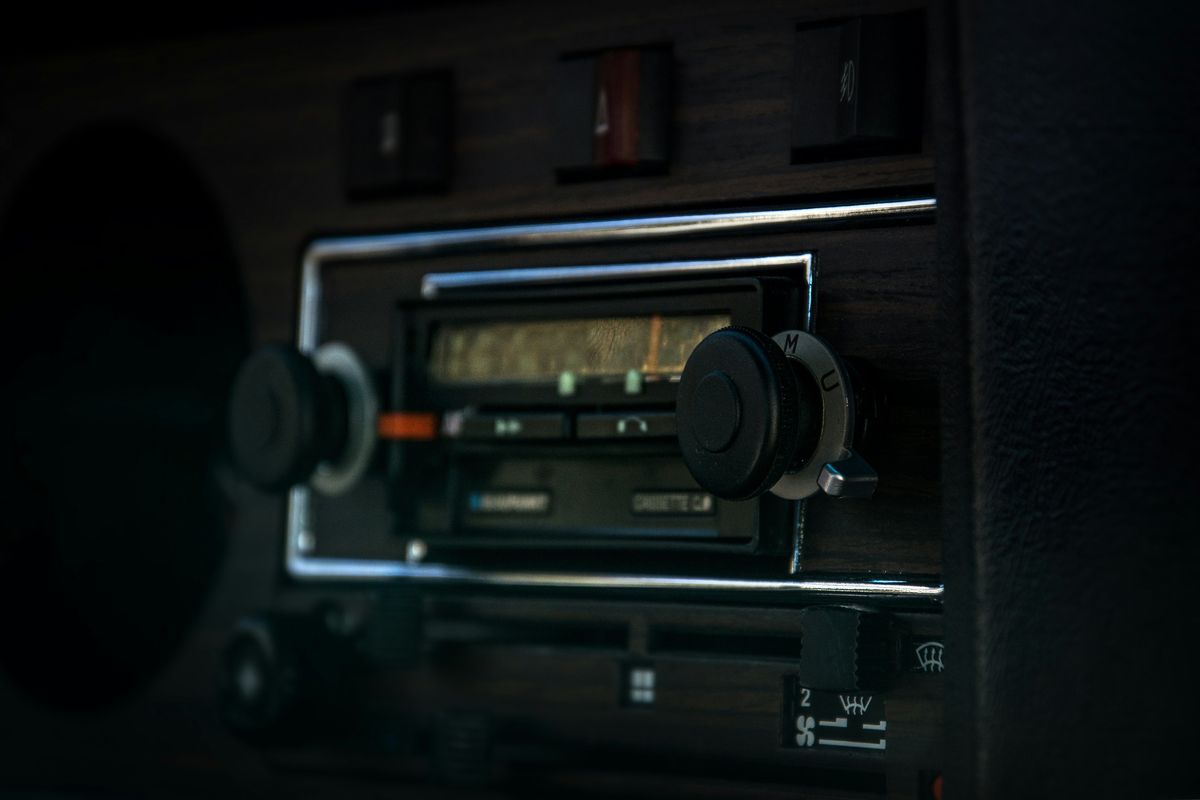Media Beat: A Brief History of CanCon (Opinion Column)
A broad timeline of the MAPL system that helped define who was played on the radio how often.

Back in the days of yore, circa 1967, Justin Trudeau's dad was the Prime Minister and he wielded power with the panache of any God-fearing French-Scots aristocrat with a gilded education born into all the entitlements that came easily to any kid growing up in the affluent Montreal suburb of Outremont. Pierre Elliott Trudeau was a principled man who set himself up as an angular prince and spawned Trudeaumania — like Beatlemania but without the four mop tops or the merch.
In his fashion, and forever fashionable he was until he wasn’t, the two-term PM fuddle-duddled his adversaries and charmed the pants off his admirers. He was a man of conviction who liked fast cars, and smart clothes and pushed the electorate to burnish his legacy.
And of that legacy came the CanCon laws, brought to fruition by Pierre Juneau, a longstanding bureaucrat, former cabinet minister and the first chairman of the Canadian Radio-television and Telecommunications Commission (CRTC). Noteworthy too, Pierre Juneau also admired a sharp-dressed man. These two peas in a podcast decided it was time Canadians unlinked themselves from Uncle Sam’s cultural pocketbook and dug out the birchbark canoe to hitch our ride to an Algonquin-like dream.
Pierre Juneau was just the man to whittle away the American Dream and nurture a new reality that spawned Bob and Doug McKenzie’s “Great White North.” It was the dawning of a new era, an age of Aquarius. The birth of the Canadian dream, Edward Bear, Mother Tucker’s Yellow Duck, and a hit parade of “Seasons in the Sun.”
It was also the birth of a bureaucratic nightmare.
On Jan. 18, 1971, Canadian Content rules came into effect (CanCon) meaning radio stations had to play 30% Canadian music determined by a rating system known as MAPL — Music composed by, Performed by, Produced by and or including Artist Performance Lyrics. To qualify as “Can-Con” a record would have to have at least two categories to qualify as being Canadian, that is the music had to be created by a Canadian, the lyrics written by a Canadian, the artist was Canadian, or the performance, live or recorded, was done in Canada.
The percentage was raised to 35% in the 1980s, and some new stations have a licensing requirement to play 40% Canadian music. This was when AM radio listening was dominant in the car and at home. Overnight, broadcast programmers had to become mathematicians, mapping out what was being played and when. The Commission took umbrage with broadcasters stacking the deck and playing the required CanCon load in off hours, back-to-back. According to one unnamed broadcast executive at the time, re-shuffling the deck also meant that 30% or more international tracks needed to be purged. Other marginal lower Top 40 tracks probably got the heave-ho too, but the result was an unintended consequence that turned multi-racial radio mostly white on the rock spectrum. Suddenly, we had fewer Black American artists on the radio.
Soon, FM became the new darling with the explosion of rock, and then the Brit wave. At the time, the CRTC had a senior bureaucrat who loved listening to classical radio on the FM dial. Slowly, but surely, stations like CHUM-FM rolled over on Beethoven and started playing “rebellious noise.” So, the CRTC set up a new set of regs for FM radio that stipulated how much spoken word had to be programmed into each hour. Lucid conversation, not radio sweeps with Grand Funk Railroad, Vanilla Fudge and Led Zeppelin. The clock was becoming increasingly micro-managed by bureaucrats in Ottawa who took it upon themselves to protect us from ourselves.
Of course, this is just a broad brush stroke. By 2016, the Regulatory Guide to Canadian Radio ran 600 pages in eight-point type. Any shift, adjustment or format change required a boardroom of Bay Street lawyers to file briefs to the Commission that could run three or four feet high or as tall as the Empire State Building. The costs to broadcasters ran into the millions (read tens of millions) and then there were the hearings where the bureaucrats sat in judgment for days and weeks. The regulatory process made designing lunar rockets look like kid's play.
Not much has changed, except now the CRTC is turning its attention to the internet, online news content and everything in between. In kinder, simpler times we had CanCon and a diversity of choices. Now we have Bell, Rogers and the CRTC.
The CRTC budget last year was just over $86M with revenues of $61M.

















